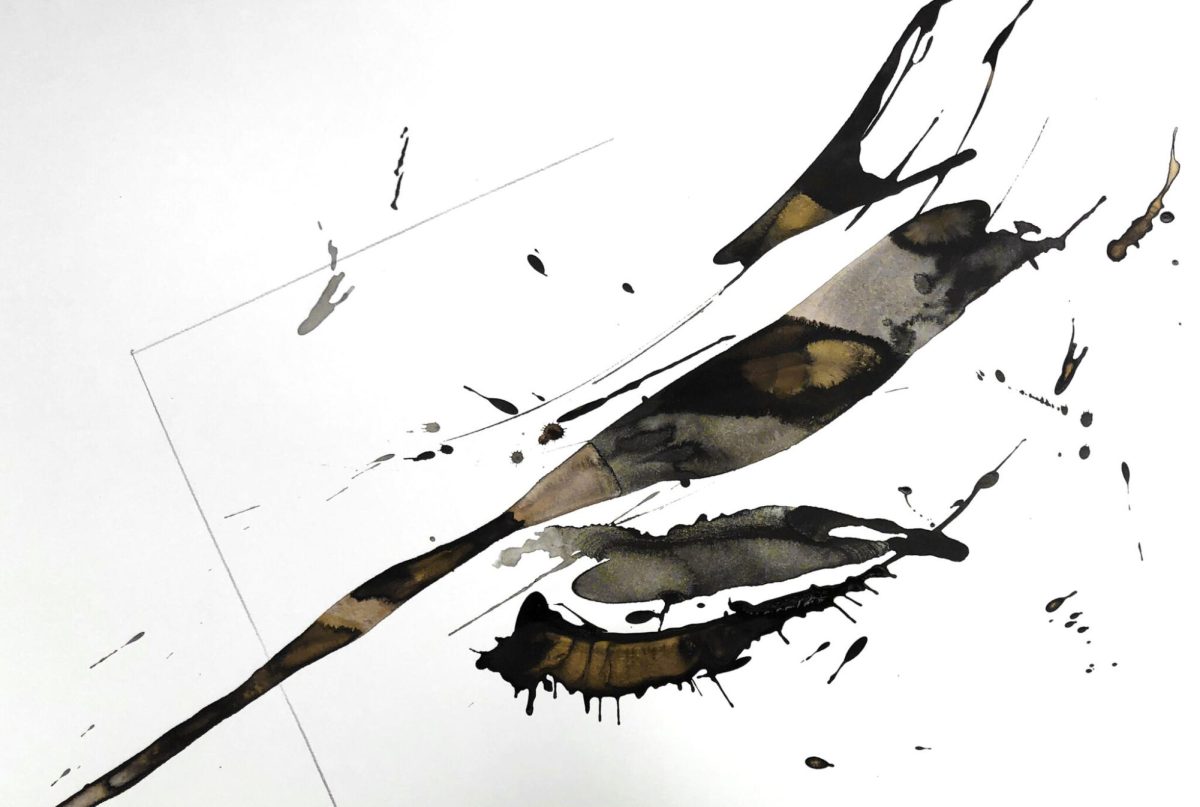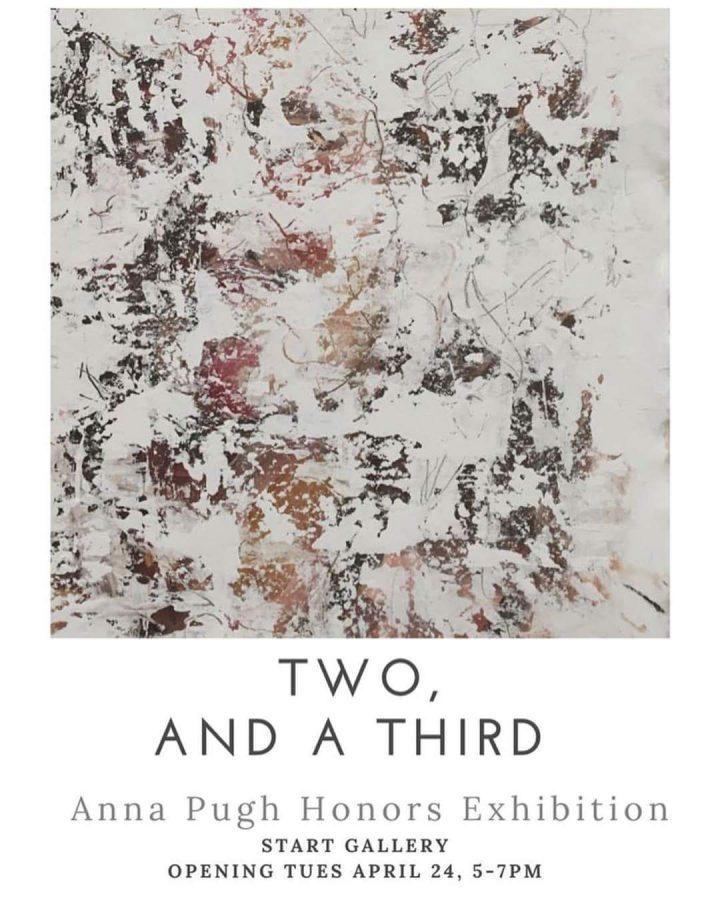The Hanes Gallery, positioned on the ground floor of Scales Fine Arts Center, is seldom entered by non-art majors. However, on Nov. 7, students across various disciplines attended Wake Forest alumni Yan Cheng (‘19) and Caroline Perkins’ (‘16) Art Talk. The discussion took place in the gallery against the backdrop of Arlington Weithers’ WHITE | Balance exhibition.
Both Cheng and Perkins majored in art at Wake Forest — Cheng opted for a double major in accounting and studio art, while Perkins went the art history route with a minor in mathematics. A unifying thread throughout the talk was the immeasurable impact that the staff and courses here at Wake Forest had on the development of their creative intellect as well as their career opportunities.
Cheng spoke first, addressing the audience with an air of metaphysical know-how. Before coming to Wake Forest, Cheng had aspirations to pursue public health, but those dreams were abandoned when he failed his introductory chemistry course and subsequently took his first studio art course. He then had the opportunity to study abroad and attend La Biennale di Venezia, a renowned art exhibition that happens every other year in Venice, Italy.
“Your brain stops working, and then a year or two later, the works will reintroduce themselves into your mind,” Cheng said of his experience at the Biennale.
During the same period he was abroad, Cheng also had the opportunity to attend Documenta 14, an exhibition of contemporary art that happens every five years in both Athens, Greece and Kassel, Germany. While in Europe, he naturally gravitated toward storied art institutions like the Louvre, the Uffizi and the Musée d’Orsay, which feature more classical, traditional and delicate works. Cheng describes this sensory overload of “art, art, art” as a relentless, consumptive echo chamber that reverberates the works — and the myriad emotions elicited by those works — for weeks, months and years to come.
Upon returning to Wake Forest, Cheng completed an honors exhibition — a messy, abstract, mixed-media installation featuring a strew of Chinese lanterns, oil-paper umbrellas and suspended green yarn. This project solidified for Cheng that working in the art world was the end-all, be-all. In an interview with DeacLink, he details how Wake Forest faculty and alumni helped him get his job at David Zwirner, a blue-chip gallery in New York City featuring artists such as Ruth Asawa and Josef Albers. He advises current students to exhaust their connections.
“Be active in your professional associations [at Wake Forest] and tap into the networking [that is] available,” Cheng said.
Cheng details how his most recent works are highly geometric and mathematical, emphasizing his current focus on time and space relativity. He goes on about the fluidity of art, invoking the Chinese system of “guānxi” 關係: the invisible relationship between everything, leaving the audience to wonder not only “how much we can trust what we see, but how much we can feel that of which we cannot see.”
A shift from the exploration of the abstract, Caroline Perkins takes the stage. Perkins commended the art department at Wake Forest, crediting her entire career evolution to Dr. Bernadine Barnes’s course, “Art in the Age of Giotto, Dante and the Plague.”
“Conceptualize art as a game with players,” Perkins said. “I want to be constantly surrounded by people who are interested in always questioning how objects, people and concepts come alive in art.”
Perkins also credits Wake Forest for inspiring her to integrate her analytical, mathematical brain with art through the joint Art-Business course: “Management in the Visual Arts.” Like Cheng, Perkins participated in the abroad program in Venice and attended the Biennale, which changed the way she viewed art and opened up a new spatial plane for her to ask questions.
The Biennale seems to be a catalyst for Wake Forest students’ creative potential, inviting them to consider exceedingly topological concepts, such as how non-Euclidean geometry is present in the works of Marcel Duchamp or how the golden ratio eq. (ϕ=1+√5/2) appears in Seurat’s Bathers at Asnières.
After graduating from Wake Forest, Perkins held a museum job at MASS MoCA but felt too confined in the small town. She contacted alumna Cristin Tierney (‘93) via DeacLink, expressing her desire to move to New York. Cristin offered her a job at her gallery, and Perkins fell in love with the New York gallery scene.
Perkins experienced a degree of dissonance as she began working in the business realm of the art industry. She began working at Artsy, the world’s largest online art market, where she has dealt in high-caliber private sales for the past seven years.
“[The scene] is ultra-small when you’re involved in it — everyone knows everyone,” Perkins said about the New York gallery scene. “It’s hard to remember that you have to make money. There was some guilt — there’s the impulse to pursue something academic — but those opportunities just weren’t there.”
Both alumni emphasized the enduring opportunities and connections that abound at Wake Forest and encouraged students to foster those connections as early as they could, because within these bonds, ambitions are redefined, and collaborative artistry is born.

















